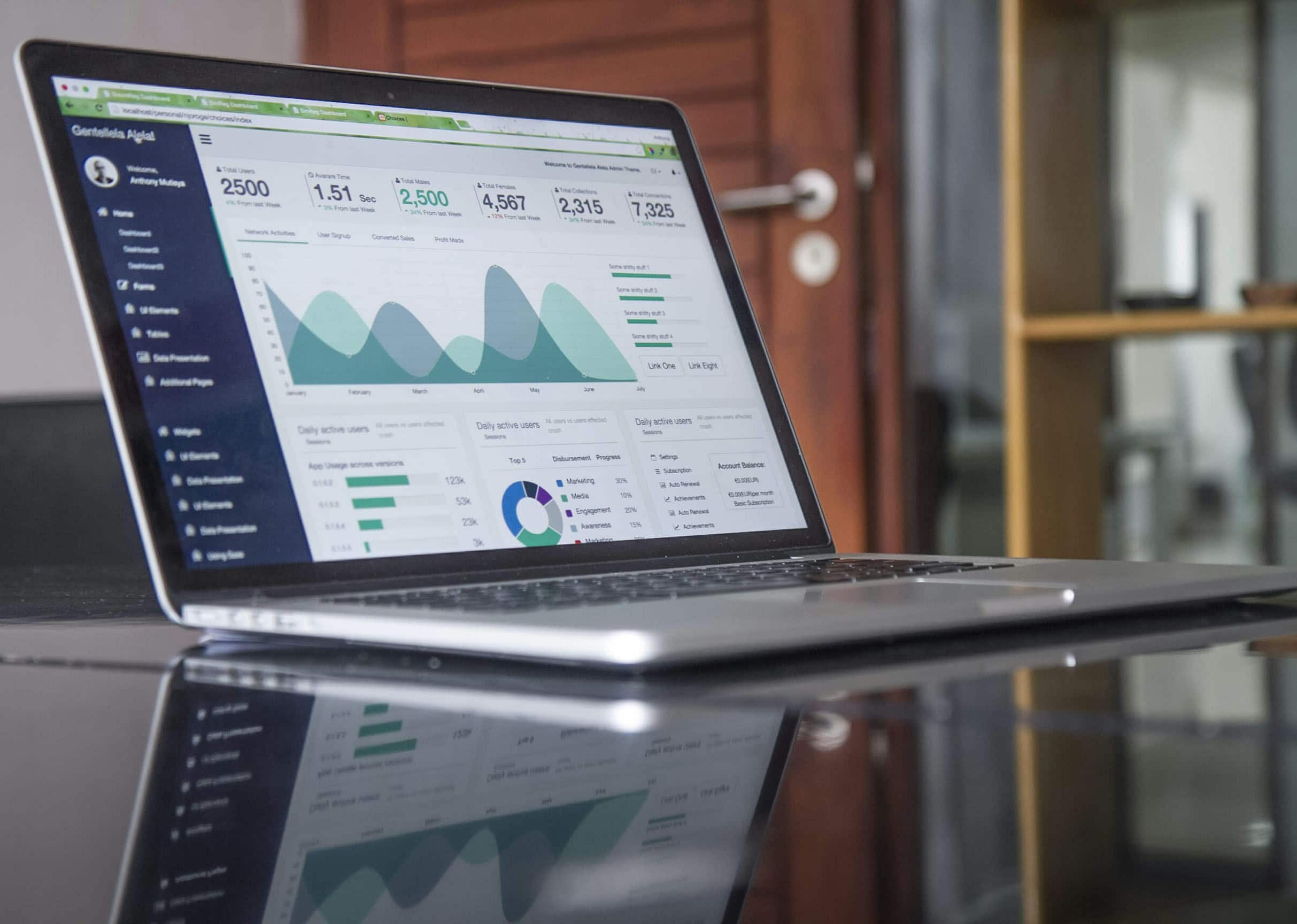Pop-up marketing has long been a contentious topic in the digital world, with proponents lauding its effectiveness in capturing attention and critics decrying its intrusive nature. Yet, as we navigate through an increasingly crowded online landscape, the question remains: do popups still have relevance today? This article delves into the evolution of pop-up marketing, exploring its past successes and failures while peering into its future potential. From the rise of ad blockers to changing consumer expectations, we dissect the current state of pop-ups and speculate on their role in shaping the marketing strategies of tomorrow. Join us on this journey as we unravel the enigma of pop-up advertising and uncover whether it still holds sway in our modern digital age.
Introduction: The Rise of Pop-Up Marketing
Pop-up marketing has seen a meteoric rise in recent years, capturing the attention of businesses looking to create buzz and excitement around their brands. This unconventional form of marketing leverages temporary physical spaces or online platforms to engage with consumers in unique and innovative ways. From pop-up shops selling limited-edition merchandise to interactive digital pop-up ads, this dynamic strategy has proven to be highly effective in driving customer engagement and fostering brand loyalty.
One key factor contributing to the success of pop-up marketing is its ability to create a sense of urgency and exclusivity among consumers. By offering limited-time promotions or exclusive products only available at the pop-up event, brands are able to generate excitement and draw in crowds eager for a one-of-a-kind shopping experience. Additionally, the flexibility and adaptability of pop-ups allow businesses to test new markets, connect with local communities, and experiment with different concepts without the commitment of a long-term brick-and-mortar storefront.

History: Evolution of Pop-Ups
As we delve into the history of pop-ups, it’s fascinating to see how this marketing strategy has evolved over the decades. The concept of pop-up shops can be traced back to the 1990s in urban areas like New York and London, where temporary retail spaces became a trend among innovative brands seeking to create unique shopping experiences for their customers. These early pop-up shops were often used as a testing ground for new products or concepts, allowing brands to gauge consumer interest before committing to a permanent retail location.
With the rise of digital marketing in the early 2000s, pop-ups took on a new form in the virtual world. Online pop-up ads began appearing on websites, offering special promotions or discounts to visitors. This marked a shift in how businesses utilized pop-ups, transitioning from physical locations to online platforms. Today, pop-up marketing has further evolved with the integration of data analytics and targeted advertising techniques, enabling companies to reach specific audiences with personalized messages through strategic pop-up campaigns both online and offline.
Effectiveness: Data on Pop-Up Performance
When it comes to assessing the effectiveness of pop-ups in today’s marketing landscape, data on their performance plays a crucial role. Studies have shown that well-designed and targeted pop-ups can significantly increase website conversions and engagement rates. For example, personalized pop-ups based on user behavior are found to be more effective than generic ones, leading to higher click-through and conversion rates.
Furthermore, analyzing the timing and frequency of pop-ups is essential for optimizing their impact. Research suggests that strategically timed pop-ups, such as exit-intent overlays or scroll-triggered boxes, tend to yield better results than intrusive or poorly timed ones. By leveraging data-driven insights on pop-up performance, marketers can refine their approach and create more tailored campaigns that resonate with their target audience.

Challenges: Consumer Perception and Ad Blockers
Consumer perception plays a pivotal role in the effectiveness of pop-up marketing strategies. With the rise of ad blockers, consumers are actively seeking ways to avoid intrusive advertisements that disrupt their online experience. This shift poses a significant challenge for marketers who rely on pop-ups to increase conversions and drive engagement. It underscores the importance of creating relevant, non-intrusive pop-ups that add value to the user experience rather than detract from it.
Furthermore, consumer perception of pop-ups is influenced by factors such as timing, relevance, and design. Marketers must carefully consider when and how they implement pop-ups to minimize irritation and enhance user engagement. By leveraging data analytics and personalization techniques, businesses can tailor their pop-up messages to align with consumer preferences and interests. Ultimately, navigating the challenges posed by consumer perception requires a deep understanding of audience behavior and evolving trends in digital marketing landscape.
Innovation: New Trends in Pop-Up Design
As the marketing landscape evolves, so do pop-up designs. One emerging trend is the integration of augmented reality (AR) technology to create immersive and interactive experiences. Brands are leveraging AR to engage customers in unique ways, blending the physical and digital worlds seamlessly within their pop-up spaces.
Another innovative trend is the focus on sustainability in pop-up design. With consumers becoming more environmentally conscious, brands are incorporating eco-friendly materials and practices into their temporary installations. This not only appeals to a socially responsible audience but also adds a unique element to the overall design aesthetic of pop-ups. By embracing these new trends, pop-up marketing continues to stay relevant and captivating in an ever-changing market.

Future Outlook: Potential for Pop-Ups
As technology continues to advance and consumer behaviors evolve, the potential for pop-up marketing is only set to grow. With the rise of experiential marketing and the increasing desire for unique, immersive brand experiences, pop-ups offer a perfect opportunity to create memorable encounters with consumers. Brands can leverage pop-up events to showcase products in a tactile way, engage directly with customers, and generate buzz around new launches.
Furthermore, the time-bound nature of pop-ups adds an element of urgency and exclusivity that appeals to modern consumers who are constantly bombarded with information. This limited availability can drive foot traffic, create a sense of FOMO (Fear Of Missing Out), and encourage impulse purchases. By strategically setting up pop-ups in high-traffic areas or collaborating with influencers to amplify reach on social media platforms, brands can effectively utilize this marketing strategy to cut through the noise in an increasingly crowded marketplace.
Conclusion: The Role of Pop-Ups in Marketing
In conclusion, the role of pop-ups in marketing is far from obsolete; rather, it continues to evolve and adapt to changing consumer behaviors. While some may argue that pop-ups are intrusive and annoying, when used strategically with relevant content and offers, they can still be an effective tool for capturing audience attention. Pop-ups serve as a way to deliver personalized messages at key touchpoints along the customer journey, offering a unique opportunity to engage with visitors and drive conversions.
Additionally, the effectiveness of pop-ups lies in their ability to provide valuable information or incentives that prompt immediate action from users. By leveraging data analytics and A/B testing, marketers can optimize their pop-up strategies for better results. Ultimately, the future of pop-up marketing hinges on creativity and relevance – brands that can deliver targeted messages in a non-disruptive manner will continue to see success with this marketing tactic.